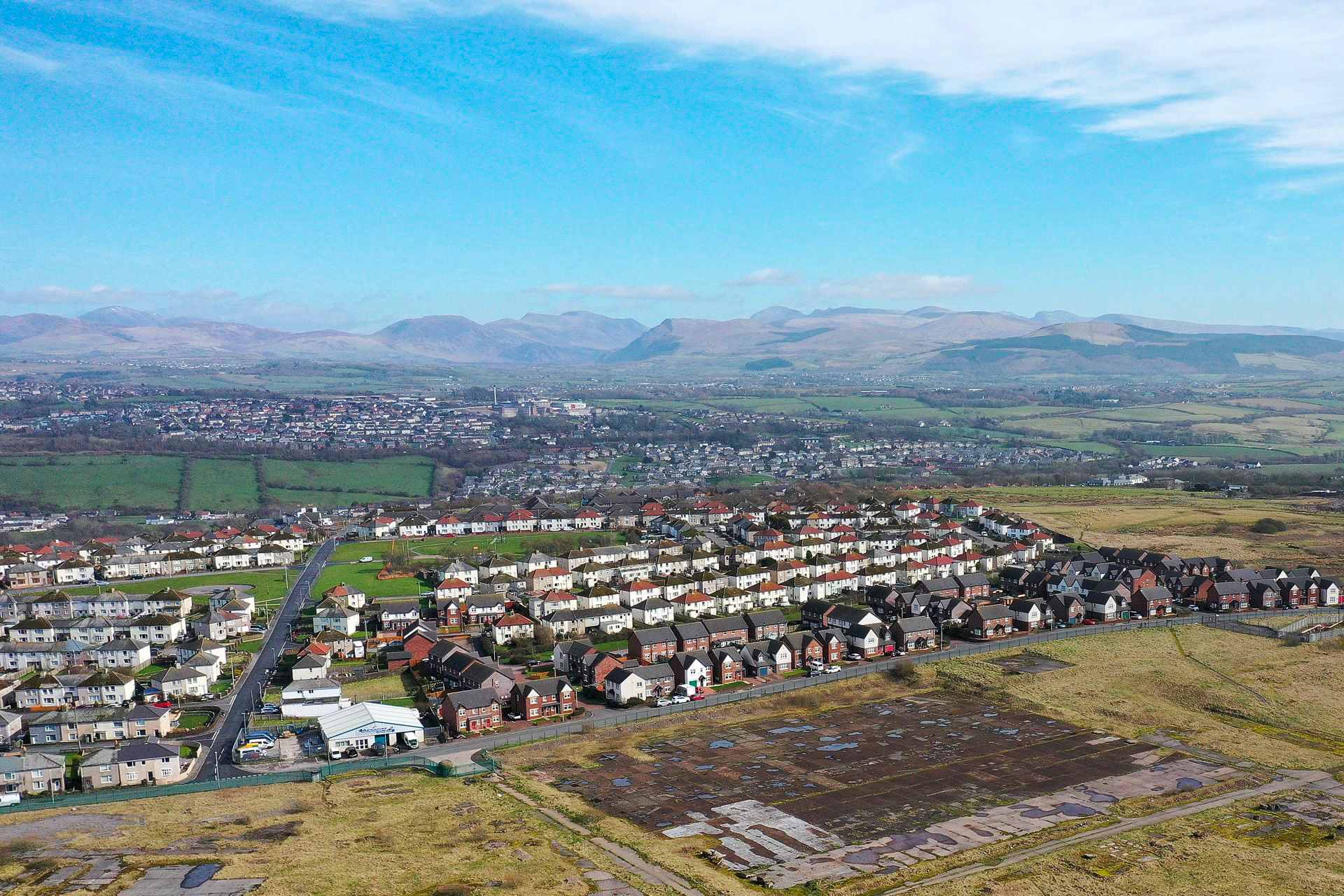Friends of the Earth has confirmed it will legally challenge the UK government’s decision to grant permission for a new deep coal mine near Whitehaven, Cumbria.
The move illustrates the deep contention raised by the first new UK coal mine in 30 years, which will soak up £165m, creating about 500 new jobs in the region, and produce 2.8m tonnes of coking coal a year, largely for steelmaking on foreign shores.
The mine will also produce an estimated 400,000 tonnes of greenhouse gas emissions a year, increasing the UK’s emissions by the equivalent of putting 200,000 cars on the road.
The Environmental Audit Committee seems concerned, seemingly confused by how the UK continues to be committed to phasing out the use of coal for electricity generation by 2024, but also allowing the opening of the new Whitehaven facility.
‘The coking coal to be mined there has limited application in the UK steel industry, and 85 per cent of the coal is planned for export to Europe. The UK government needs to consider the impact of this decision on its ability to exert international influence with regard to the phasing out of unabated coal.’
There seems little logic left in favour of the new plans. Is any reasoning available that justifies what’s taking place?
How and why
West Cumbria Mining (WCM), the firm behind the development, says when fully operational the mine will directly employ a workforce of around 500 people.
On a median wage of £30,000, that’s £15 million a year for the economy. ‘Our aim has always been and remains that wherever possible WCM will recruit locally, with a target that at least 80 per cent of roles will be filled by local people (i.e. living within 20 miles of the mine site).’ says WCM’s website.
A quick calculation estimates that should create some 25 employees per local mile. In addition to this, WCM forecasts more than 1,500 indirect jobs will be created throughout the local supply chain.
Less objectively, WCM also says that once operational, there are ‘clear benefits’ to be felt from a modern mine which will also impact positively on the local community and the wider UK economy. These include public open green space adjacent to the mine site, which will include a new footpath to connect High Road to the coastal path.
The area will be planted with local trees and shrubs to encourage biodiversity and will be maintained by WCM to ensure it remains usable and attractive for years to come. Once into production, WCM will launch the WCM Sustainability Fund to support some of the ‘many local organisations and good causes’ whose projects support WCM’s values.
WCM also says the decision of the Secretary of State, which is supported by the Planning Inspector following on from last year’s planning inquiry, means the project can now move forwards to deliver the world’s first ‘net zero mine’ supplying the critical steel industry with a high-quality metallurgical coal product.
But exactly how this is the world’s first ‘net zero mine’ or indeed what such a thing actually means, remain unexplained. Which is extremely strange, as the UK government claims to be a strong proponent of Net Zero.
One wonders what was in the planning proposal detailing this ‘net zero mining’, given no explanation of what it actually is appears forthcoming on WCM’s website.
What next; political fallout?
The stakes are high. Amid a cost of living crisis, WCM estimates some 18 months from the start of construction to actual production and jobs. Add in a little leeway, some standard delays, and this is an interesting timeline because opening may well coincide with the next general election.
The Secretary of State’s letter giving permission to the mine also feels risky politically. It says that in the period up to 2049, the development of the mine would not encourage the continued use of blast furnace production methods that would otherwise have been closed or converted to lower carbon technologies.
But this seems absurd, because it’s the very supply of coking coal that keeps blast furnace steel production alive, compared with the use of hydrogen or electric arc furnaces. Whilst these technologies for now aren’t perfect, there seems little doubt that blast furnaces are already becoming legacy tech.
There’s more. The permitting letter says The Secretary of State notes that many of those in opposition to the development expressed a view there is no need for a new coal mine as existing global reserves can
satisfy the demand for HVA coal, and has taken into account that the, ‘IEA Net Zero – A Roadmap for the Energy Sector,’ identifies that, ‘existing sources of production are sufficient to cover demand through to 2050.’
But then the document writes that all this, ‘Does not necessarily mean that the other resources should remain unused, particularly if such exploitation would be by mining methods that take into account the need to be net zero compliant.’
Therefore, you might argue Michael Gove thinks it’s ok to overrule the IEA’s global advice on coal production, as long as the mine you carve into Cumbria is somehow net zero.
A key part of WCM’s Sustainability Fund concerns carbon offsets: ‘Our commitment to carbon offsetting is a core part of our Corporate Social Responsibility policy and will form a key element of the WCM Sustainability Fund.’ Will such controversial offsets become the core of the net zero mine claims?
A mine of uncertainty
As it stands, it appears the government has laid aside civil and international advice to permit a new coal mine, while legislating net zero promises that directly contradict this stance.
It’s a bewildering move. It might bring in £15 million in local jobs, plus whatever the coal sells for overseas, and it might give the government something to shout about in terms of selling and exporting to Europe once again.
But the mine is going to be on the horizon when the next general election comes, assuming it gets built. The government will be trying to stand on a green platform as its self-licensed fossil project comes online.
The move and the mine, in every way, are a bizarre mix of contradiction, poor political logic and a disregard for green fact and future.













